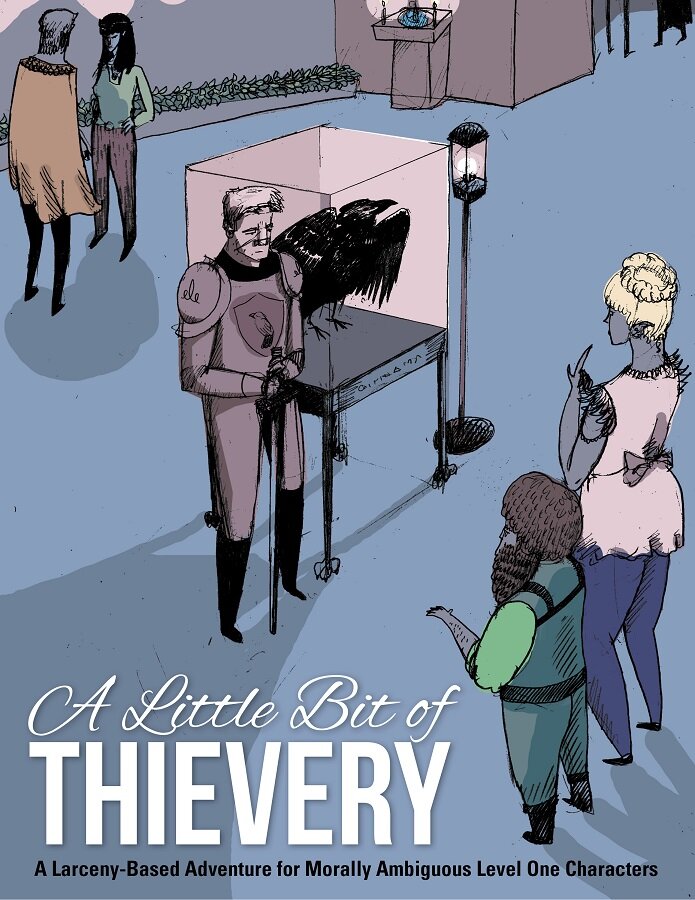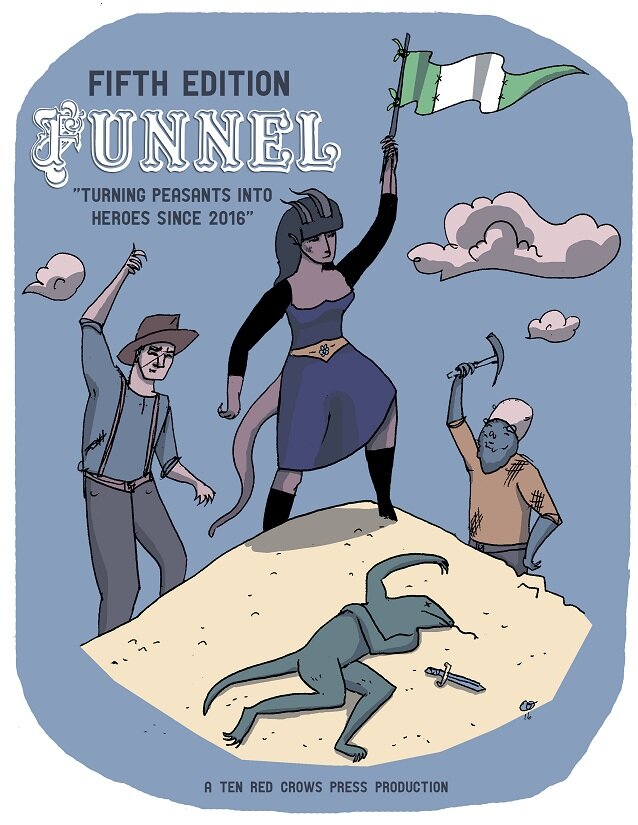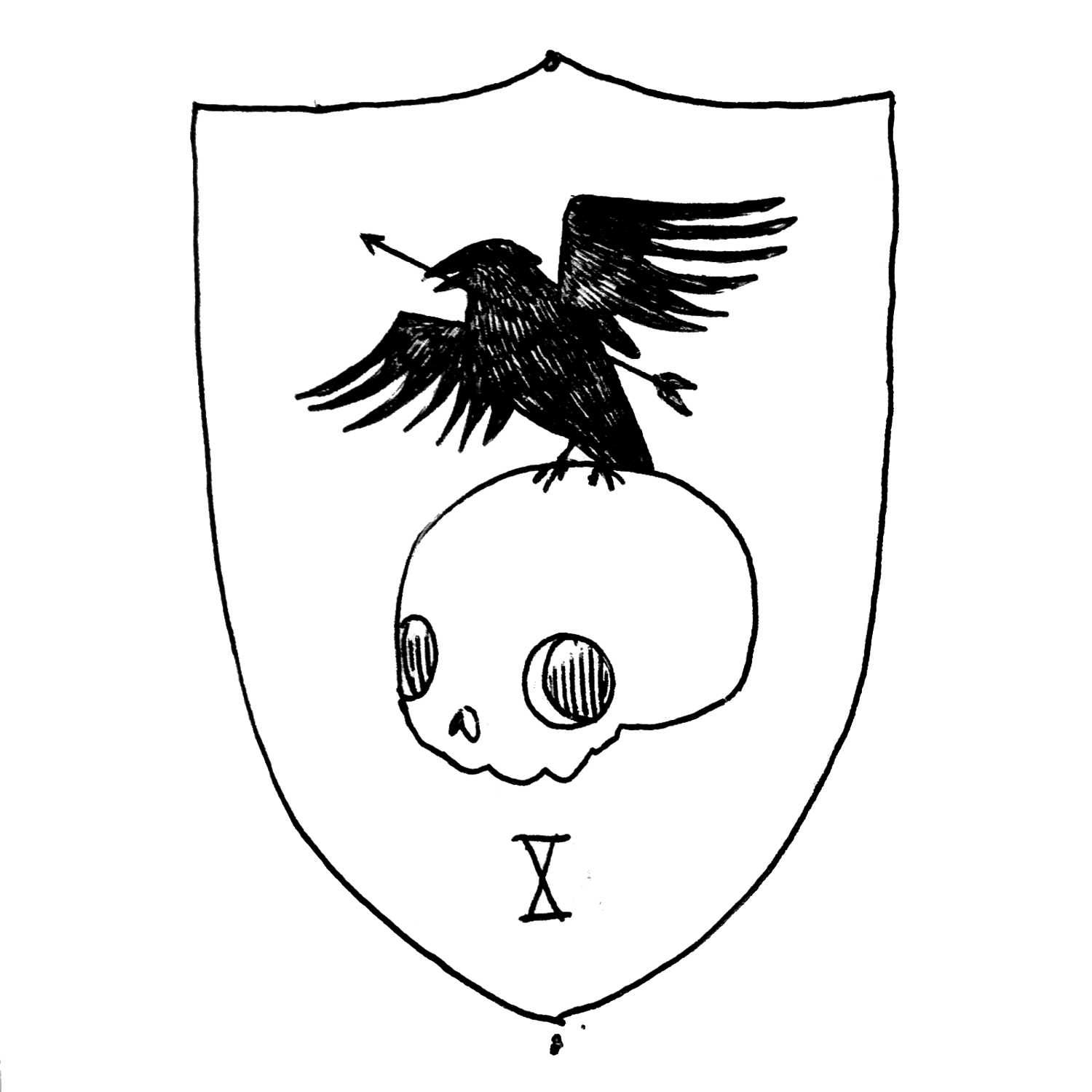I haven’t read the whole thing yet, but have perused it enough to have formed opinions! My playing background is 4th Edition, and then the play test. Here is what I have seen:
Finally a chart to figure out your new monster’s CR
A monster's Challenge Rating (or CR) measures the approximate difficulty of a creature. When making new monsters, it became exceedingly difficult to figure out if I was sending overpowered creatures into combat. I didn't want a slaughtered party because the monsters were mechanically too powerful. I also wanted to make sure that the players were properly rewarded for their victory in terms of experience points. The chart on page 274 says it all. You determine the CR of the monster by averaging the CR of the monster’s offensive and defensive capabilities. You determine the CR of the offensive and Defensive capabilities by averaging the CR of their component parts (e.g. AC and hit points). Seems obvious when you are looking at the chart, it didn't seem obvious up until that point. Later in the chapter there is also a chart that allows you to convert monster abilities e.g. "magic resistance" and "pack tactics" into basic statistics, so you can properly determine the impact on a creature's CR.
Tons of magic items
There are 63 pages of magic items and most if not all mentioned items have an illustration. The items detailed are not just random +1 weapons, but are the fantastic magic items that players really enjoy, such as a necklace of fireballs, Nolzur’s Marvelous Pigments, a bag of holding, or a figurine of wondrous power. Plus there are random tables, instructions on how to build sentient items, epic boons, and artifacts. This is great. Deep down I think the players really appreciate items that are not just “you hit slightly harder and better”. In my campaigns, the most celebrated of items had minimal crunchy game play value (for example, a spoon that would stir automatically with the utterance of a magic word, or a spoon that would create a mouthful of soup when placed in a mouth).
World Building Inspiration
The book is bulging with inspiration. I personally appreciated the random tables that were available for the adventure, villain, and encounter building. There are times that I just need a basic structure to write around, and these tables provide it. The random dice are not necessary, you can probably just pick one. There is also a random dungeon builder in the appendix, while I am not sure I will use dice on the random tables to build something, they are a great source of inspiration for stocking empty rooms (or ensuring that you have enough variation).
Art
DM's Option: Shirtless Rules. See page 33 and Chapter 9
Like the player’s handbook and the monster manual, the artwork is fucking fabulous. The art is more focused on epic scenery than individuals, which makes sense. The DM is the master of worlds, not the hero or the monster. The vast broken landscapes show a scale of epic-ness that you are destined to create. It is a nice touch.
For the scenes that do have persons, *most* of the individual adventurers have chosen to wear armor or clothing for its shear utility. Although this was done in the Players Handbook, it is nice to see the continuance of the tradition.
Also it was nice to see different artwork with the same cast of characters (see PHB 142, PHB 180, DMG p88). I hope they make it.
You've seen some of this before
We shouldn't have been surprised, right? The book is designed to help someone who is a new DM, without the prior knowledge of 4 other editions. There is clearly going to be some material that is repeated from other DM Guides. Did you know that Vanilla D&D operates on assumptions about the world? What happens if you change those assumptions? The game is different. (gasp!)
To a certain extent this all makes sense, part of the marketing strategy for this (and probably every) version is to recruit people by making the game accessible. That means catching up everyone to speed, and you are going to have to burn some pages for that. If you had the unreasonable expectation for all new content, you are going to be disappointed. It is nice to be reminded that you are in charge, though.
There is less structure to magic weapons and leveling
In D&D 4e, there was an “expected” amount of gear our heroes were to get by a certain level. The advice here is more fluid. There are some hints like the chart of expected starting equipment for adventures of a certain tier, and the amount of treasure hordes you are to drop on your characters, but, in general, the rules are silent on to how much gear they are to find. I remember hearing somewhere that the game designers went so far as to make the game theoretically playable without magic equipment, and that is reflected in the book. Magic items are the purview of the DM, and are to be distributed as seen fit.
There is less structure in general, and you are going to have to deal with that
“You want to do alter this rule/system assumption/character class? Great! Here are some ideas, guidance, and examples, but in general just use your best judgment. It will be fine.” This is both exhilarating and frightening at the same time. Yes, it places more work on the DM. Yes, you will probably agonize over your decisions, but it now has the potential to feel like YOUR game. You are the DM as opposed to a mere facilitator licensed by Wizards of the Coast. With 4th edition, I felt like I needed to just find the official rule (and then read the errata). With this edition, I feel like I would need to invent a new rule, whether I want to or not.
Like this review: it hits on many topics, and is master of only a few
One of the common laments from the Guide’s creators is the page limit imposed by the publisher. This invokes the image that DM guide (or Monster Manual) could have turned in to a lengthy 3 volume 900 page (awesome!) set of philosophical tomes. But it’s not. Page count, price points, and expansion materials always have to be considered. Lots of topics are discussed, and in some places the Guide can be very brief (e.g. "Hirelings").
Bottom Line
It’s essential, but it also happens to be well written, beautiful, and useful. Buy it.




